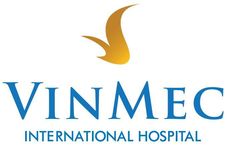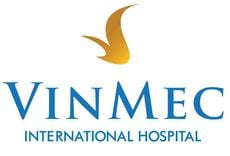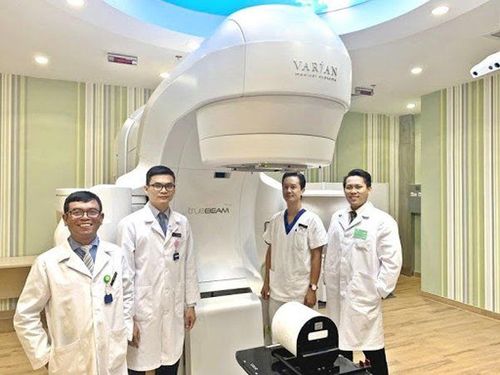Abstract
Purpose: To evaluate the influence of collimator angles in the volumetric modulated arc therapy (VMAT) planning with respect to the dose distribution.
Methods: Five nasopharynx cancer patients treated from January 2015 to January 2017 were analyzed. Patients were treated with VMAT and SIB in 35 fractions for a total dose of 70Gy (PTV_70), 63Gy (PTV_63) and 56Gy (PTV_56), respectively. Ten different plans were generated for each patient with different collimator angle at 0 - 0, 0 - 90, 10 - 80, 10 - 350, 20 - 70, 20 - 340, 30 - 60, 30 - 330, 40 - 50, 40 - 320 degree. All plans were analyzed using the dose-volume histogram. The conformity index (CI), homogeneity index (HI), machine monitor units (MUs), mean (Dmean) and maximum (Dmax) dose of the PTVs and OARs were calculated and analyzed. To verify the delivery efficiency, the measured fluence on the MatriXX (IBA, Germany) ionization chamber array detector was compared with the TPS dose plan with 2D gamma evaluation.
Results: There is not much difference in the PTV Dmax, Dmean and CI, HI with respect to the different collimator angles. The plan with 40 - 320 degrees collimator showed a higher Dmax for SpinalCord_PRV and higher Dmax for Brainstem_PRV for collimator angle 0 - 90 degree. No clinically relevant difference was observed among the plans with respect to Lens and mandible Dmax. An increase in the average of oral cavity Dmean was observed for collimator angle 0 - 360, 10 - 350, 20 - 340, 30 - 330 degree. An increase in Dmean of Parotid_L was observed for collimator 40 - 50 degree. Not much difference was observed with respect to Dmean for Parotid_R. The plan with 30 - 330 degrees collimator required maximum MU. The 2D gamma index (3%/3mm) evaluation of planned and delivered fluence showed passing rate better for plans with collimator angle 0 - 90, 10 - 80, 20 - 70 degree.
Conclusion: Our study indicates that the dosimetric results provide support and guidance to allow the clinical radiation physicists to make careful decisions in implementing suitable collimator angles to improve the PTV coverage and OARs sparing in Nasopharynx cancer VMAT. We recommend selecting the collimator angle at 10 - 80 and 20 - 70 degrees at Vinmec International Hospital Times City.
Please dial HOTLINE for more information or register for an appointment HERE. Download MyVinmec app to make appointments faster and to manage your bookings easily.













